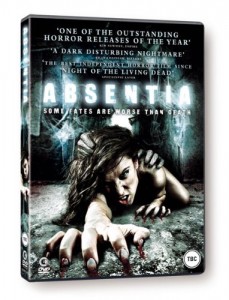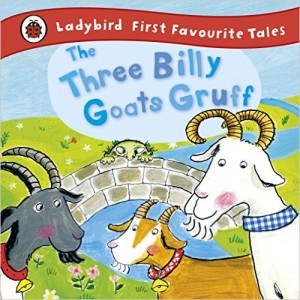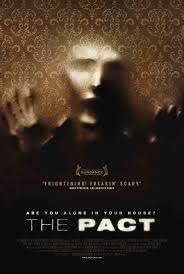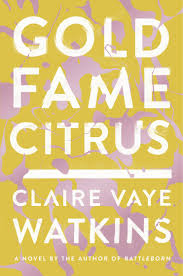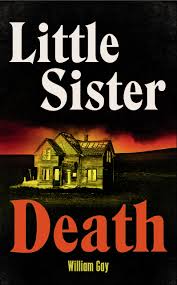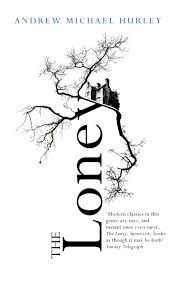 Only a few weeks ago he had watched them all coming out of the Curzon at midnight from some horror film that the paper said involved jack hammers and acid. They were laughing. The girls with their hands in the back pockets of the men.
Only a few weeks ago he had watched them all coming out of the Curzon at midnight from some horror film that the paper said involved jack hammers and acid. They were laughing. The girls with their hands in the back pockets of the men.
It had been the same night a homeless lady had been kicked to death under Waterloo Bridge. And while the two things weren’t connected in any literal sense, he felt certain that they occupied the same pool that had formed when the wall between sick imagination and the real world came down. (p 229-30)
This is the novel that lost out to Nick Cutter’s bracingly competent but predictable Cabin-Fever-boy-scout-shocker The Troop in the inaugural James Herbert Awards, then deservedly went on to be named best debut novel in the annual Costa Prize. And perhaps that was the best result all round: of all the novels on that Herbert shortlist, James Herbert would have loved The Troop best I’m sure – if you were to apply any epithet to this style of horror novel it would have to be Herbertian – whereas winning the Costa Prize has introduced Hurley’s more subtly unnerving, deeply personal work of the uncanny to a much wider audience than it would otherwise have enjoyed had it remained crammed up next to Herbert on the shelf marked Horror Fiction.
The Loney is flawed, but I don’t really care. There is something, as I say, so personal about it – the very outlandishness of some of the subject matter leaves you with the indelible feeling that this is a book Hurley desperately wanted to write. I’m delighted by the novel’s mainstream success, that it’s been optioned for film. I think it will adapt wonderfully to the screen, and in so doing will open up the novel to a still wider audience.
Take note of the book’s title, for The Loney is above all a novel about a place, a particular landscape, a stretch of coastline somewhere to the north of Lancaster and a part of Morecambe Bay, where the tides are well known to be treacherous and the weather unpredictable. The narrator is looking back on his adolescence, to the Easter of his sixteenth year, when he travelled on an annual church retreat to the eponymous Loney, together with his parents and his eighteen-year-old brother Andrew, known as Hanny. Hanny has been mute since birth. His mother is convinced that it is at the shrine to St Anne, located close to the house where they hold their retreats, that Hanny will find the grace of God, and finally speak. But there are other forces at work on the Loney, forces that have little to do with God, and everything to do with the clouded history of the place. With the former priest of St Jude’s, Father Wilfred, recently dead in an unexplained accident, the little community are accompanied on their mission by a new man, Father Bernard, whose more pragmatic approach in matters of life and faith proves unsettling for some and most especially for Hanny’s mother. As Easter Monday approaches, a chain of coincidences and eerie occurrences seem to point towards a tragic denouement. Looking back on these events from a distance of twenty years, our narrator still struggles to come to terms with the truth of what actually happened.
The Loney is a novel of opposing forces: man and nature, secular and sacred, pagan and Christian, outsiders and locals, past and present. Even the names of the two houses – Moorings, where the pilgrims stay, and Thessaly, where they are warned against going – are resonant in this respect. Moorings is a part of the mainland, a place of refuge. Thessaly is located on a narrow spit of land known as Coldbarrow, cut off from the mainland at every high tide. The house is supposed to be haunted, and its name, suggestive of Ancient Greece and the gods, monsters and pagan rites – frequently referenced in the text – which form a direct refutation of everything the Christian community of St Jude’s holds as sacred.
Never forgetting that St Jude is the patron saint of lost causes. Somewhat unexpectedly, the strongest piece of characterisation in the novel belongs to Father Bernard, a forward-thinking priest dissatisfied with the entrenched, backward-looking attitude of the church he serves and determined to make his Christian faith more active and more relevant to the world around him. The mostly unspoken battle of wills between Father Bernard and Hanny’s mother, who yearns for the old certainties embodied in the person of Father Wilfred, is brilliantly handled, and forms the central argument of the novel as a whole.
The Loney contains an abundance of intriguing sub-plots – a heavily pregnant adolescent girl named Else, a previously undiscovered secret chamber behind the study at Moorlands, a rifle found beneath the floorboards in Hanny’s room, the aggressive, shifty locals, Parkinson and Collier – and for a while I felt worried that Hurley was just spinning these threads out there to add to the atmosphere, that he wasn’t going to make anything of them. He does bring everything together, just, and by the time the book ends you have all the pieces you need to make a complete picture of the Loney and exactly what happened there, although there were one or two storylines – the secret room and the anti-witch bottle especially – that I wish had been given a bit more welly. The sequence with the Pace Eggers was all a bit Wicker Man, and I think we could have done without the stuffed animals. I would also question Hurley’s decision to have his forty-year-old narrator continue to refer to his parents as ‘Mummer’ and ‘Farther’. This is what he would have called them when he was eight, names he might perhaps have clung to if he had never grown emotionally beyond the circumstances and limitations of the time before Father Wilfred’s death. But he has grown beyond them, he knows full well what happened out there on the Loney, and the infantile cadences of Mummer and Farther sit somewhat oddly within the emotional and literary sophistication of the narrative at large because of that.
These are small gripes, though, gripes the strength and clarity of Hurley’s writing makes short work of. The Loney, with its tenacious grounding in landscape, its evocation of a lost time, its insistence on hugging at least some of its secrets tightly to itself, is a beautifully bleak, intellectually rich and hauntingly memorable addition to the canon of English Weird.
